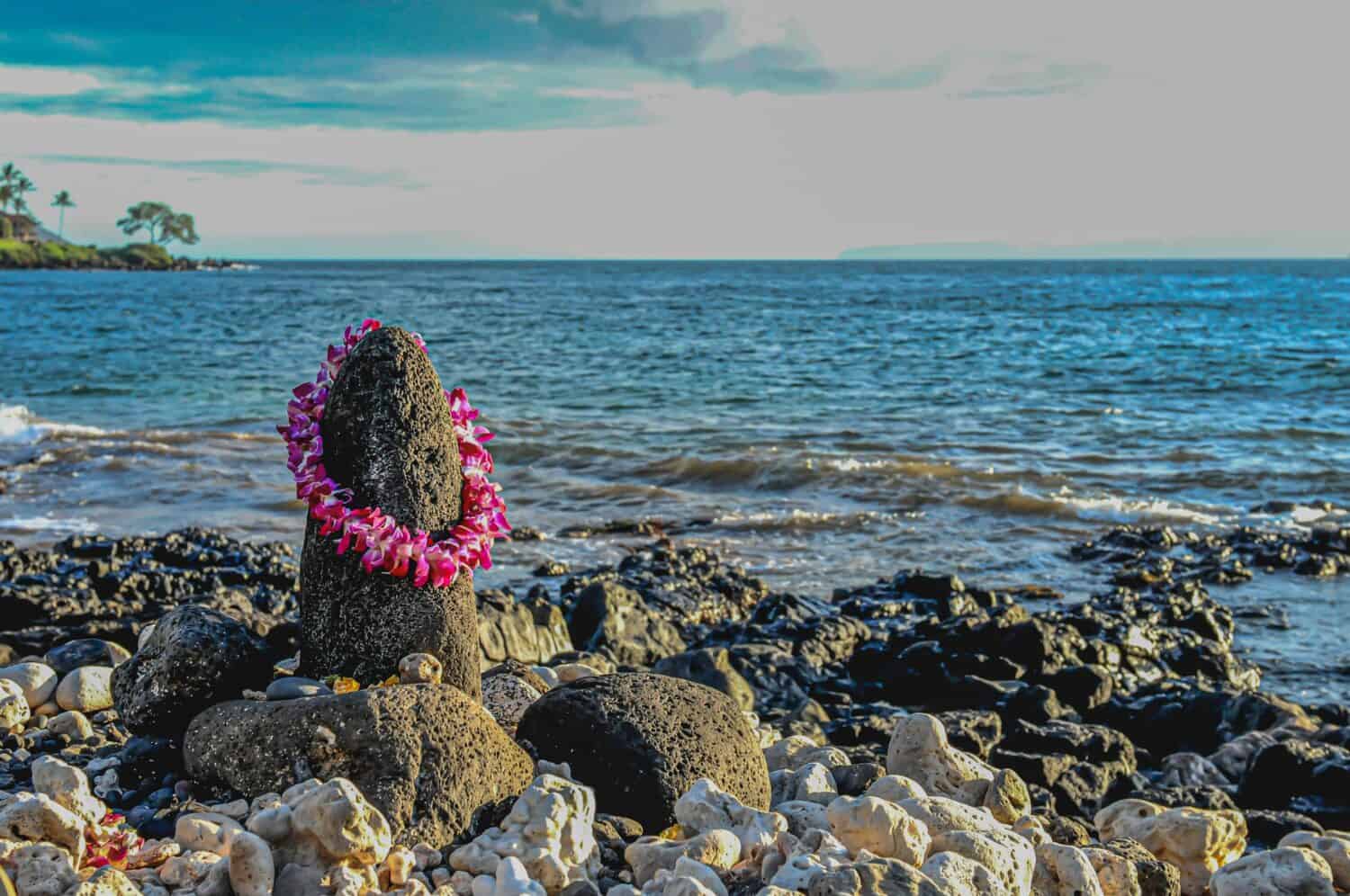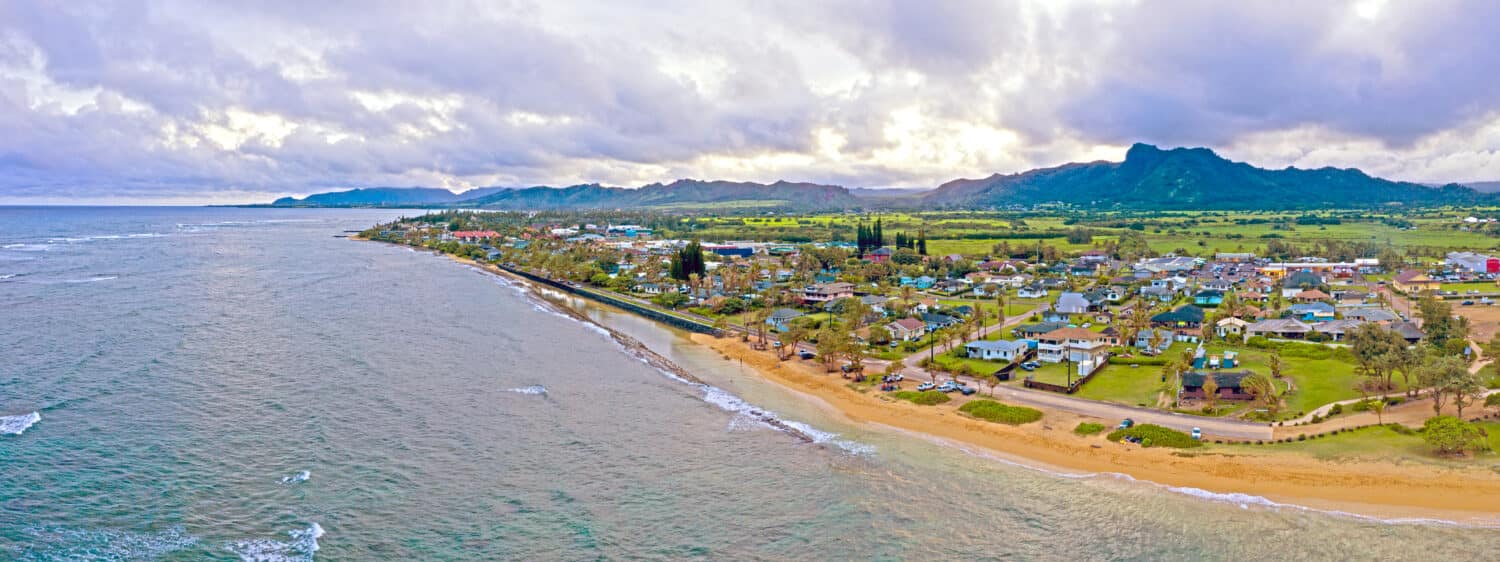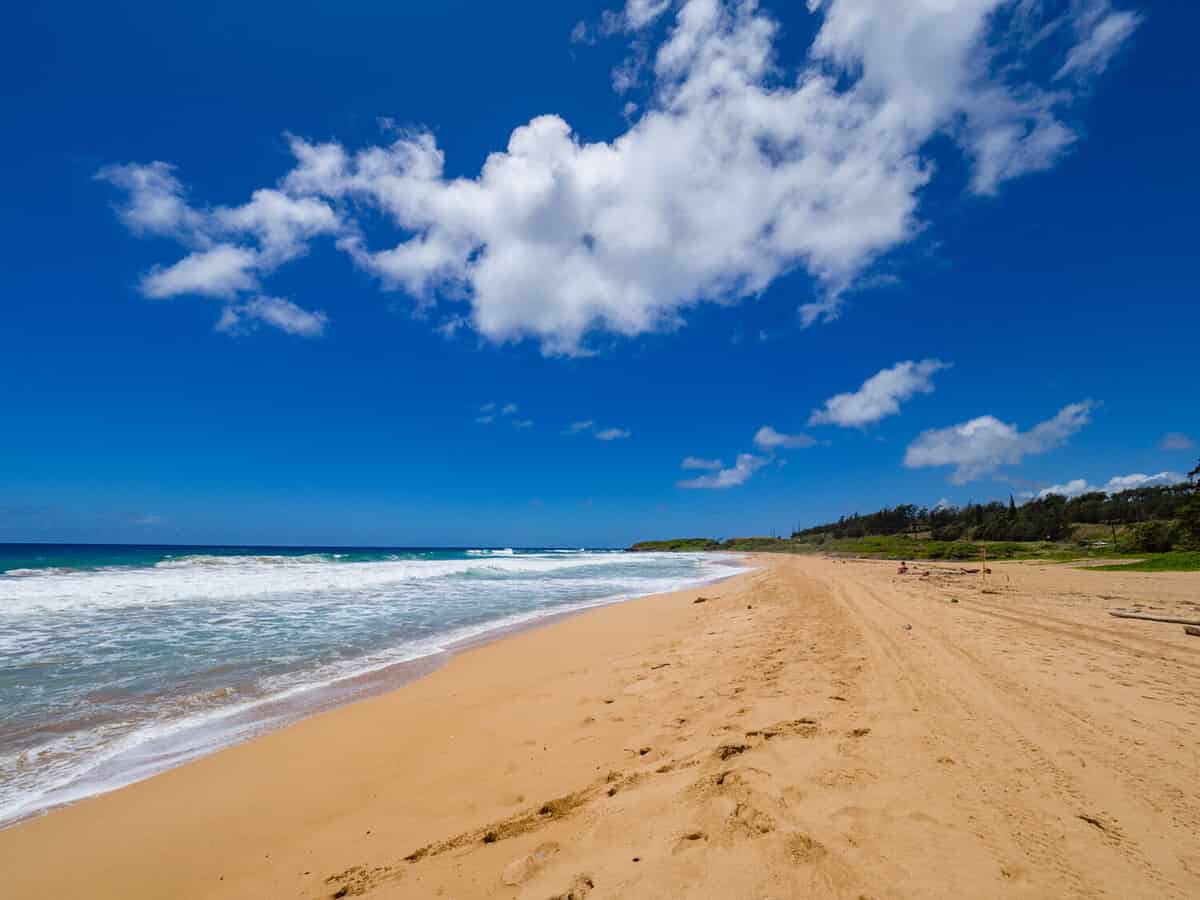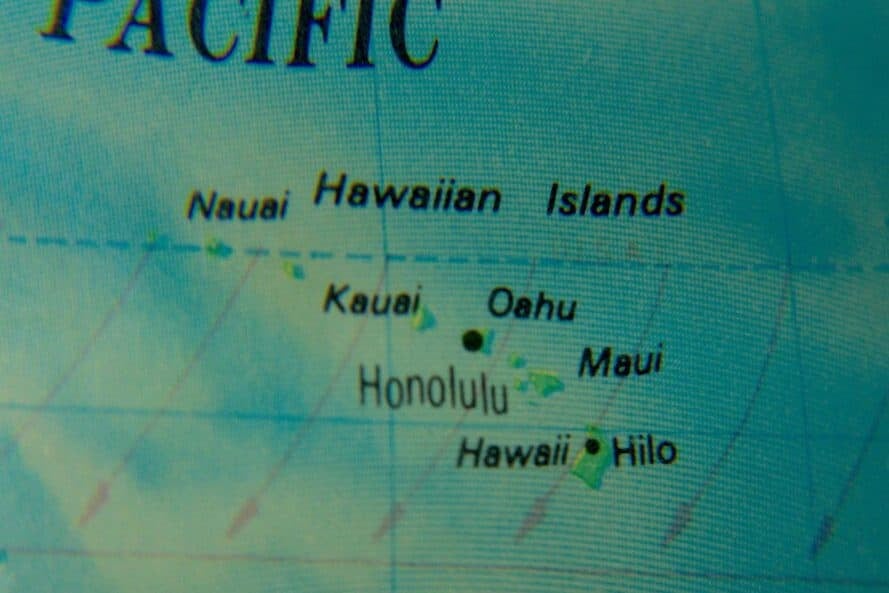Deciding where to go on your beautiful Hawaiian vacation can absolutely be a hard choice. Take the areas of Wailea vs. Kapaa, located on the islands of Maui and Kauai. You’ve got a resort community on the second-largest Hawaiian island, or a smaller yet still gorgeous community on the wettest island of the bunch. Each island is pretty unique in terms of the sights to see, things to do, and experiences you’ll have. Whether you decide to head to Maui and check out the local sights and sounds of the beautiful Wailea area or head to Kauai for balmier weather and fewer crowds, you can’t really go wrong when it comes to picking your beautiful Hawaiian vacation.
In this post, we’ll do a deep dive into the attractions, opportunities, and general cost of a trip to Wailea vs. Kapaa. Take a closer look at what unique aspects of these two Hawaiian islands may be a better fit for your vacation planning needs. From weather to restaurants, local adventures, sightseeing, and so much more. There’s a reason Maui and Kauai are two of the most popular islands when it comes to planning a relaxing Hawaiian vacation. Read on to learn more and by the end of this, perhaps you’ll know where to buy those plane tickets. Let's get into the beauty and the bounty of Maui and Kauai.
Wailea vs. Kapaa: A Basic Comparison
Perhaps the biggest comparison point between Wailea vs. Kapaa is that Wailea is located on the south coast of Maui. Kapaa also spelled Kapa'a (pronounced kaa·puh·aa), is on the Island of Kauai on the southeast side. It is bordered by the Pacific Ocean, and close to the communities of Lihue and Wailua; not to be confused with Wailea! Another important distinction between the two islands is that Maui is generally much bigger and more gentrified than Kauai. Kauai has one main road and far less developed land than Maui. This means that the two islands have very different offerings in terms of vacation vibes. If you're looking for active, tourist-oriented opportunities, you may want to head to Wailea. However, if you want tranquil, possibly rainy, yet still beautiful, Kauai will provide a more rural island experience.
The History of Wailea
The name Wailea comes from the legend of the Hawaiian Goddess Lea. This Goddess would transform into a beautiful bird and fly across the shoreline of Maui, thus the name Wailea for the “Waters of Lea.” The area was known for the mountain Haleakala Mauka where the locals grew sweet potatoes, fished in the nearby waters, and raised cattle in the fields. The resort culture of Wailea began after World War II. In 1964, Alexander & Baldwin, a real estate company took over much of the land. In 1971, they partnered with the Northwest Mutual Life Insurance Company of Milwaukee to start the Wailea Development Company. The goal was to create a residential resort community that capitalized on the beauty of the surrounding area. The development expanded to include residential homes, resort hotels, and shopping centers, built into the landscape of beaches and volcanoes (via Wailea Resort Association).

©GillesBelanger/Shutterstock.com
Wailea Attractions
Since Wailea is a developed area of Maui, there is an array of beautiful golf courses, resorts, and lots of areas for tourist adventures and exploration (Go Hawaii). Let's take a closer look at some of the biggest attractions in the Wailea area that are worthwhile for tourists:
- Wailea Beach is considered one of the best beaches, located right next to Ulua Beach Park. This area is frequented by surfers, pedestrians, and locals.
- Golf courses are bountiful in Wailea with the Blue, Gold, and Emerald courses being the most iconic.
- The ‘Āhihi-Kīna‘u Natural Area Reserve is only 6 or so miles away from the Wailea stretch. This area is known for its amazing snorkeling opportunities and lava rocks coastline.
- Keoneʻōʻio Bay, which is a bit further out has all kinds of hiking trails that lead to more beaches.
- The Shops at Wailea offer some of the best restaurants and shops on the island. Check out Humuhumunukunukuāpuaʻa, Olivine, and ‘Ikena for some Open Table recommendations.
- For seasonal events, Wailea has the Maui Film Festival, Whale Week, and other local offerings.
Kapaa History
Kapaa is a region of Kauai that was historically known for sugar cane, pineapple, and rice. The name for Kapaa (Kapa'a) translates to “held fast,” indicative of its thriving local community. The island of Kauai made it through World War II and after the last plantation closed down in 1946, the island turned toward the tourism industry and to this day combines the beauty of sleepy beach town peacefulness with lots of tourist offerings. The landscape is one of beaches and mountains, located on the southeast side of this beautiful island. The famous sleeping giant formation just south of Kapaa is the inspiration for a great many folktales, and the town itself has a number of museums, preserved ceremonial structures, and historic reserves (via Brittanica).

©Cascade Creatives/Shutterstock.com
Kapaa Attractions
This area of the island is a sleepy, beautiful beach town. There are lots of activities for tourists looking to explore the gorgeous natural surroundings.
- Check out the Ke Ala Hele Makalae bike path that runs from Lydgate Park to Donkey Beach. There are plenty of places to rent a bike on the island and lots to see along the way.
- Lydgate Park, Kealia, and Wailua Beach all have lots of space to stretch out and sun or run around and play. Sometimes you can see the local wildlife in areas of the park that are restricted!
- The hiking trails that lead around the sleeping giant mountain and Kuilau Ridge are well worth the excursion. Check out the local flora and fauna with lots of ocean views.
- For some waterfalls check out Wailua Falls (again, not to be confused with Wailea on Maui) or Opaekka. You'll need to arrange a ride as these spots are a bit outside of the town, but they are easily accessible, picture-worthy, and a must-see while in Kapaa.
- Kapaa is home to the Kauai Hindu Monastery. Check out the granite-hewn temples and learn all about what went into reassembling these structures on the island of Kauai. Appointment required.
- In Kapaa itself, there's the first Saturday Art Walk with local food, music, and kiosks. There's also an array of waterfront restaurants in Kapaa including Oasis on the Beach and the Bull Shed. Be sure to check online for the hours as “island time” is often quite unpredictable compared to the mainland.
- Check out the cultural sites known as Wahi Pana. Kukui heiau, Poliahu, and Holoholoku all mark important historical remembrances for the people of the island. Remember to be respectful and enjoy the beauty of this island's history and story.
Things To Consider
Budgeting is typically a large part of any vacation experience. While Maui is a larger island, with more activities depending on your vacation interests, it can also be more expensive than Kauai which is slightly less touristy overall. Demand does increase the price of certain experiences, so if you're looking to save some money and do more nature-related activities, Kapaa and Kauai may be the way to go. However, Kauai is also more rural than Maui. So, in terms of finding things to do and getting there easily, you may need to rent a car or arrange transportation on Kauai, whereas in Maui you may be able to depend on the bus system and shuttle options. If you budget in the cost of accommodation, groceries, or dining, alongside your transportation considerations, you'll have a better idea of which island to choose.

©Ventu Photo/Shutterstock.com
The image featured at the top of this post is ©aaddyy/Shutterstock.com.
